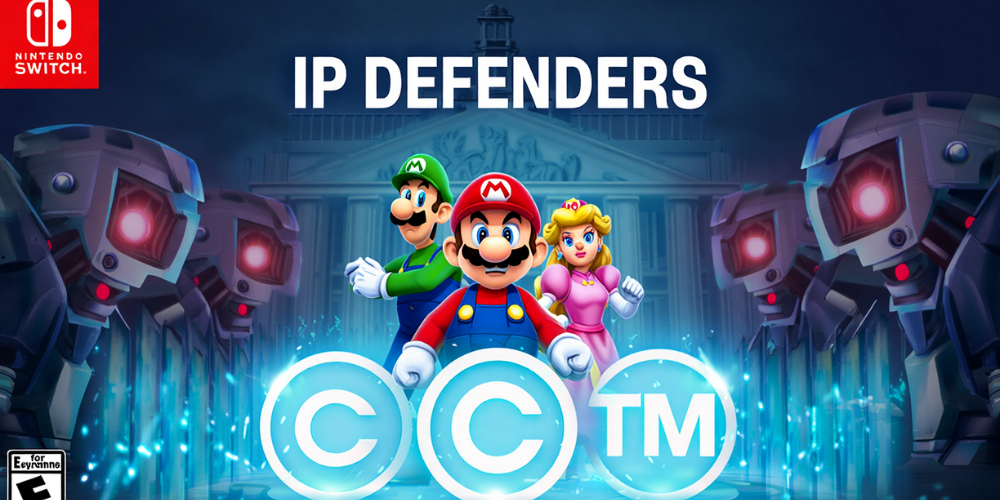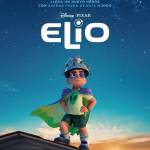Nintendo denies government AI talks, doubles down on IP rights
2025-10-06

Nintendo just drew a very clear line in the sand: despite chatter suggesting otherwise, the company says it has had no contact with the Japanese government about generative AI. That clarification matters because speculation had morphed into an assumption that policy coordination was underway, implying a new chapter for the company’s approach to machine learning tools. Instead, Nintendo reaffirmed a familiar stance—protect the brand, safeguard players, and defend its catalog with firm, consistent enforcement when copyrights are threatened. If you’ve followed the company’s playbook over the years, the tone should feel unsurprising. What is new is the timing: the industry is racing to define what responsible AI looks like, and any perceived shift from a platform holder can reverberate across development pipelines, creator communities, and tool vendors. By pushing back on the rumor while emphasizing ongoing vigilance, Nintendo essentially tells everyone to recalibrate expectations and not read a policy pivot where none exists.
Main Part
Let’s unpack what was and wasn’t said. “No contact” knocks down the idea of behind-the-scenes coordination on generative AI with state officials, which some read as a prelude to special permissions or a rapid experimentation lane. But the company didn’t signal hostility to innovation; instead, it underscored a principle that has defined its posture for decades: creative technology is welcome, as long as it doesn’t trespass on protected characters, music, code, and art. That is the center of gravity. You can see that stance in historic actions against large-scale ROM distribution, emulator-linked facilitation of piracy, and unauthorized monetization of proprietary material on content platforms. More recently, the high-profile settlement involving a Switch emulator sent a loud compliance message across the scene. None of these moves were about throttling creativity; they were about drawing a legal boundary around commercial exploitation and the systematic replication of software and assets without authorization.
So what does that mean for generative systems in practice? If you are training a model, curating a dataset, or shipping a feature that synthesizes images, audio, or code, you need provenance discipline. Avoid scraping libraries that contain ripped textures, sprites, or music from the company’s catalog. Don’t feed datasets with voice lines that clone iconic characters, even for parody, if the usage risks confusion or rides on brand equity to attract attention. If your output could be mistaken for an official scene, soundtrack, or model sheet, expect friction. Studios should implement asset registries, audit trails for dataset assembly, and automated filters to detect protected motifs before training. Hobbyists should favor original homages over imitation, flag content as fan-made, and steer clear of monetization when their work leans visibly on recognizable properties. Toolmakers can add toggles to block prompts that request trademarked characters or signature visuals, and publish clear disclosures about training data sources.
There’s also the policy backdrop. Japan continues to debate how innovation and copyright interact in the era of large models, and guidance evolves as courts and agencies weigh competing interests. Globally, lawmakers are circling similar questions, from transparency duties to rights management and economic attribution. None of that alters the simple operational takeaway here: Nintendo is not signaling a regulatory shortcut. Developers and creators should assume a conservative interpretation around copyrighted inputs and outputs, and design workflows accordingly. Think layered clearances, consent-first licensing, opt-out honoring, and watermarking that helps distinguish fan expressions from official material. If you run a platform or a mod hub, invest in notice-and-takedown processes that are timely and transparent, and publish rules that explain what crosses the line. That kind of hygiene isn’t just defensive—it accelerates trust with users and reduces whiplash when guidelines tighten.
Conclusion
The immediate headline is straightforward: no government talks, no quiet greenlight for sweeping AI experiments with Nintendo’s universe. The deeper message is the one veterans already understand—innovation thrives when it is built on original work, licensed assets, or clearly transformative ideas that don’t lean on someone else’s catalog to gain traction. If you’re a developer, treat this as a nudge to shore up data governance and rights review. If you’re a creator, keep making clever, affectionate tributes that celebrate what you love while staying unmistakably your own. And if you’re watching the policy process, don’t confuse rumor for road map. Nintendo will keep defending its portfolio, the community will keep exploring new tools, and the healthiest path forward sits where curiosity meets consent, clarity, and respect. That’s not a buzzkill—it’s a foundation for durable creativity that won’t crumble the moment guidelines, platforms, or case law shift.






